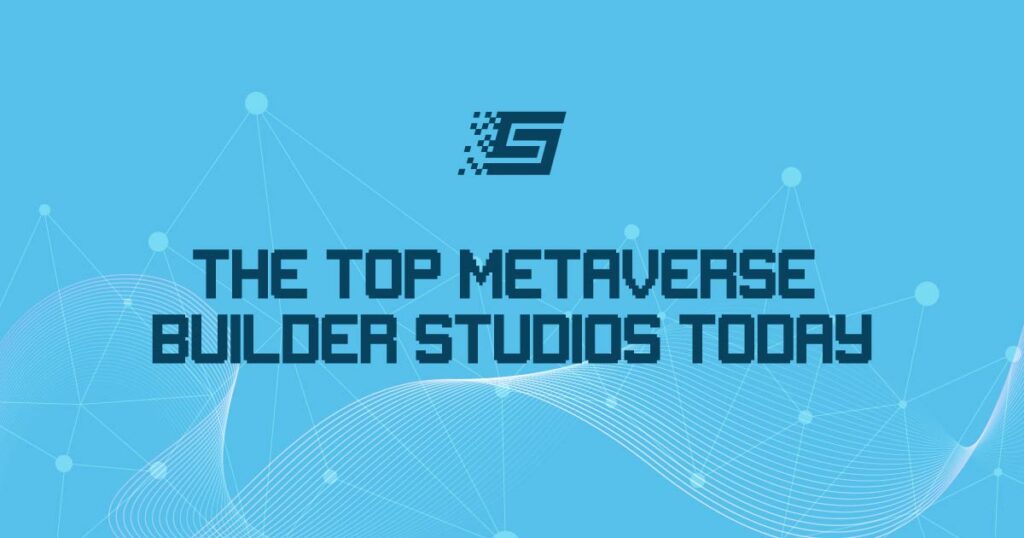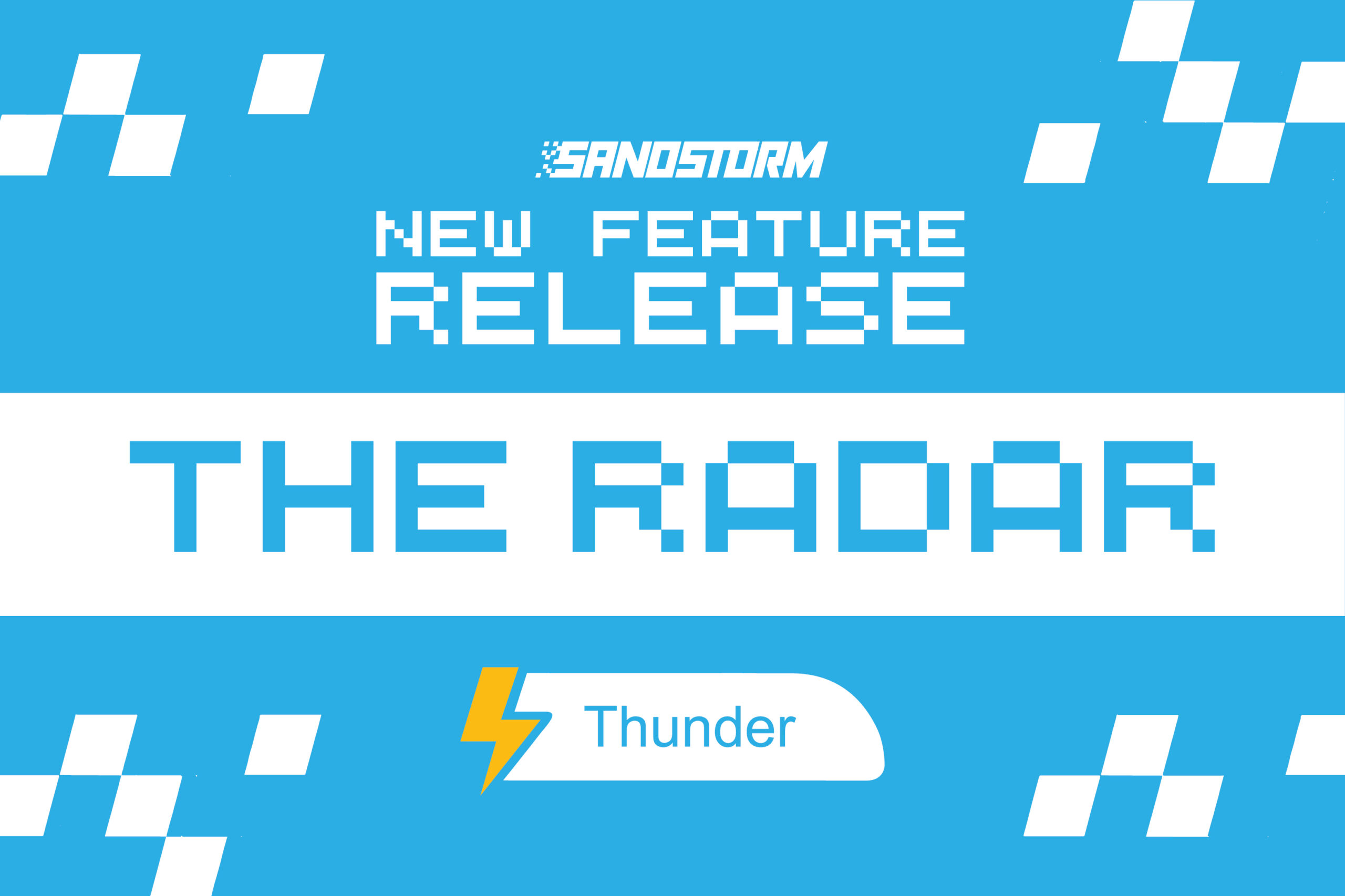Building Blocks Of The Metaverse
Into The Metaverse
In the age where digital technologies have begun to revolutionize nearly every industry, from communications to media, transportation, and retail, the internet and its related technologies have given rise to a new kind of economy.
The next revolution is well underway. It promises to completely transform the many facets of human life and give it a whole new look. The combination of virtual reality and augmented reality makes this new dimension possible by giving people access to metaverse platforms.
This article aims to comprehensively cover the variety of concepts related to three-dimensional virtual worlds. These include VR, AR, Blockchain, NFTs (non-fungible tokens), and a whole lot more.
The metaverse offers a fully immersive, interactive social experience. With the help of headsets, you will suddenly find yourself – as your avatar – in a new 3D world.
In the metaverse, users basically share a collection of virtual spaces created through the convergence of virtually-enhanced physical reality. You could describe the physically persistent virtual realm as a network of “smart spaces” based on the intersection of our natural world and the virtual world, as well as the “empty” space in between, which encompasses AR tech.
The metaverse experience will feel as if you are actually occupying that world. Furthermore, the development of this immersive 3D environment allows people around the world to communicate and interact as if they inhabited the same space.
Foundations Of The Metaverse
The Emergence Of Web3 Tech
The blockchain allows users to build and manage virtual reality environments and applications. By utilizing technologies such as blockchain and cryptocurrency, metaverse participants can form social networks, share digital assets, manage online identities, and build communities.
The future development of the internet rests mainly on how this forthcoming web3 tech powers metaverse projects and how that will change our daily lives. We will become increasingly more reliant on this technology as we move towards inhabiting the digital realm in a more profound way.
Web3 has formed the backbone of various groundbreaking technologies such as NFTs and cryptocurrencies.
The blockchain is a public digital ledger system. Its uses include executing transactions, smart contracts, and various other agreements, and its power comes from the decentralized nature of the system. A record of every transaction is stored on a distributed database in various locations, and each one is logged chronologically and transparently. The system protects its user’s privacy and ensures the fidelity of the data by making it public and ensuring that control is not in the hands of individual organizations.
The technology paved the way for the emergence of cryptocurrencies and also NFTs, which have taken on the new form of unique digital assets based on blockchain tech. They have already created their own market, currently valued at around $3 billion.
Applications Of Blockchain Technology
We have already seen blockchain tech used in voting, prepaid systems, banking, financial transactions, and smart contracts. But these uses are only the beginning.
Individuals can vote democratically on projects without relinquishing control of their votes to intermediaries. As voting becomes increasingly digitized, voting systems will become more robust, accessible, secure, and transparent.
The blockchain has the potential to revolutionize financial transactions. It facilitates the ease of payments with no third-party intermediaries involved, as well as the transfer of funds and storage of information in a transparent manner, offering immense opportunities with the metaverse space.
What is Virtual Reality?
VR gives a sense of a location, a situation, event, a job, product, or even another person’s life without being there physically. It is a powerful medium that can transport an individual into a completely different world.
VR’s uses include studying human behavior and training people in a particular environment that imitates reality, like professionals such as pilots and astronauts. It helps in developing many other new skills in a wide range of areas and also inspires creativity generally.
How Does Augmented Reality Work?
Augmented reality is the experience of interacting with a real-world environment via computer-generated perceptual information. An interactive layer of digital information over the physical reality reflects onto the screen.
The tech extends 3D graphics, video, and audio computer technologies to everyday, real-world environments. It is often used for mobile-based device applications for superimposed audio, video, graphics, and text.
One of the most common examples of AR use is the various filters on social media platforms like Instagram or Snapchat.
Within the metaverse, 3D digitized avatars are among the newest features of this technology, which blurs the lines between the virtual and the real world, changing how we see it.
What Are NFTs?
NFTs offer a unique certificate of ownership for many types of digital assets. They play a vital role in the development of the metaverse by attributing uniqueness to all kinds of virtual assets, making them authentic and irreplicable, thus enhancing their value manifold greatly.
Cryptocurrencies use a shared blockchain and are fungible (divisible), whereas NFTs are unique. The non-fungibility (indivisibility) of NFTs makes them so valuable.
NFTs are utilized in various ways within the metaverse, such as:
- Digital collectibles such as online avatars
- Virtual real estate
- Digital creatives
- Audio, video, or GIF files
- Digital game items
What Is A Smart Contract?
Smart contracts run on the blockchain. Their uses include executing traditional legal contracts. Once predefined conditions occur, a smart contract activates automatically. They offer absolute certainty of the outcomes to contract participants, bringing transparency to the process of contract execution. Furthermore, they save time, effort, and cost as you eliminate the need for third-party involvement.
These contracts work on the basis of “If or when… then”. The statement implies that as soon as conditions are met and verified, the contract comes into effect. Different forms of these contracts can serve many different purposes. These include releasing funds, registering a vehicle, or simply sending notifications. With the contract successfully executed, an update to the blockchain ledger is written and cannot be changed. In 2016, smart contracts found another use – decentralized autonomous organizations.
What Is A Decentralized Autonomous Organization?
DAOs (decentralized autonomous organizations) are run by algorithms. In traditional organizations, decision-making is typically centralized. In a DAO, all of the decision-making processes are based on algorithms. A DAO is effectively a collection of smart contracts running on a blockchain via a computer program.
A DAO is a type of DApp (Decentralized App). This piece of software running on the blockchain can be used to execute traditional legal contracts (like smart contracts). DAOs transform a human organization into an autonomous computer organization. Instead of having a person or group in charge, decisions are made through algorithms. The governing rules of these organizations are encoded as computer programs, meaning transparent and predictable outcomes controlled by members of the organization rather than a central government.


